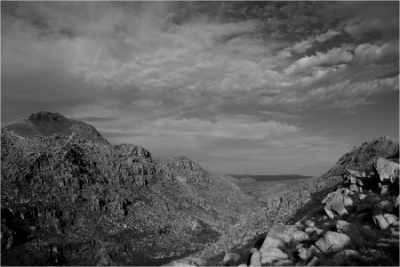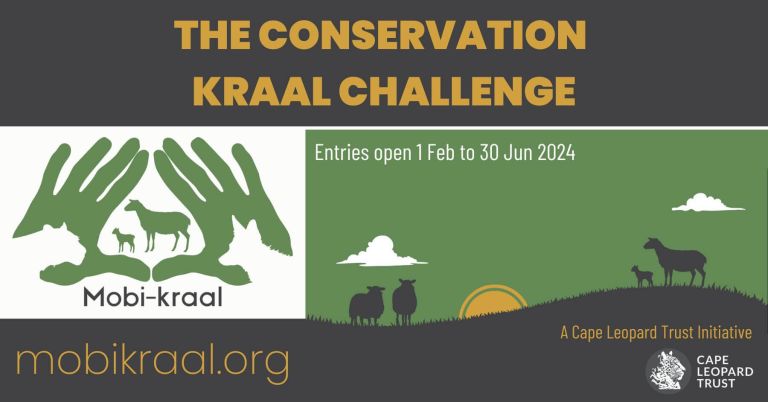Research on the ecology of leopards Panthera pardus in the Cederberg has been ongoing since 2003. The use of modern technology, such as GPS satellite tracking devices and remote camera traps has provided valuable insight into the ecology of these elusive animals.
We are striving to fully understand their ecology and needs in order to conserve these enigmatic cats.
What we do
Since August 2005, the Cape Leopard Trust has been involved in over 30 leopard captures for research purposes. Leopards have been collared and monitored using GPS collars, collecting data on their activity and movements, with a view of ensuring the long-term survival of these apex predators in an environment threatened by human encroachment and fragmentation.
In the Cederberg, the CAPE LEOPARD TRUST has been responsible for the very first case of an entire farming community in South Africavoluntarily banning the use of gin traps as well as hunting or trapping of leopards thought to be “problem animals”. This accomplishment, sans pressure from the legislature was achieved in the Cederberg Conservancy in March 2007 – a 1,710km2 area of pristine wilderness interspersed with farms. It is an area that was regarded as having the highest leopard-farmer conflict in theWestern Cape, with resulting leopard deaths to match.
Up to 17 leopards in one year, and an average of over 7 per annum, were killed in this area before the CAPE LEOPARD TRUST began its work here in 2003. Since then, 2 leopards have been killed in the Greater Cederberg area and only one of these being in the conservancy. This success was accomplished with the support from these farmers as well as CapeNature, where research has contributed to their enhanced management of the species.
The ongoing leopard research in the Cederberg plays a vital role in the conservation of this threatened population. Quinton Martins completed his PhD on the ecology of leopards in the Cederberg in 2010, allowing conservationists and other researchers to use similar techniques to study leopards elsewhere, using his results to model the habitat requirements and movements of leopard populations in other similar mountain areas. The Cape Leopard Trust aims to continue monitoring the Cederberg leopard population as a long-term project (>15yrs), using this as an opportunity to analyse population trends and encouraging people living in the area to actively conserve their environment.
[MAP]


















